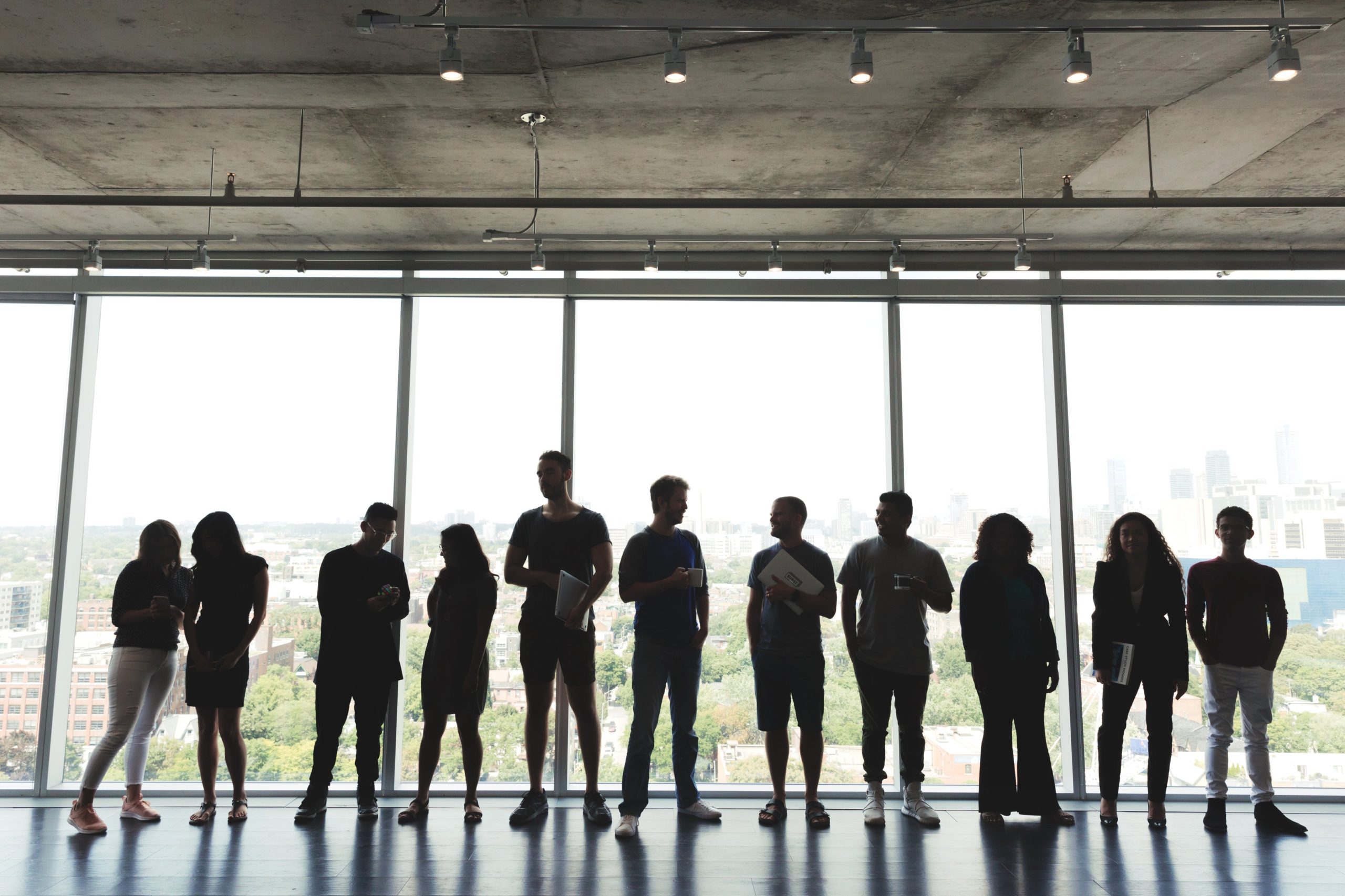As defined by researchgate.net, Social sensitivity is the personal ability to perceive and understand the feelings and viewpoints of others. Why is social sensitivity important in the workplace and specifically when working with a team? Here’s what we found.
On September 19th, Emily Gregory, VP of Development and Delivery at VitalSmarts, presented at the RevRoad Revation Summit. During her presentation, Gregory stated the following, “When team members have a higher degree of social sensitivity it predicts a higher rate of team success.”
Social sensitivity demonstrates that one is aware of other people in both business and social settings. Below are two examples. The first demonstrates conversational qualities of someone who lacks social sensitivity. The second demonstrates qualities of someone who is socially sensitive.
Example 1: Lacks social sensitivity
During a team meeting, a co-worker gets defensive about the progress of his/her tasks. Rather than mentioning where they are at in relation to task completion and an updated timeline/completion date, the coworker gets more upset and their voice begins to raise. It’s frustrating that they don’t have as much done on their assigned task as was expected. Soon, the energy in the room takes a turn for the worse as you raise your voice back in an effort to “put them in their place.”
Example 2: Demonstrates social sensitivity
During a team meeting, a co-worker gets defensive about the progress of his/her tasks. Rather than mentioning where they are at in relation to task completion and an updated timeline completion date, the coworker gets more upset and their voice begins to raise. Though you’re frustrated that they don’t have as much done on their assigned task as expected, you calmly respond, “I understand this week has been stressful and we really appreciate your hard work. Based off what is on your plate right now, what would be a reasonable target completion date for these tasks?”
Example 3: Lacks social sensitivity
At a networking event, a conversation between you and another attendee has sparked. However, only five minutes into the conversation you feel undervalued and unheard as the conversation consistently circles back to the other attendee. Not only are they continuously talking about what they are doing and what they are interested in, they also bulldoze over anything you attempt to add to the conversation. You start to deliver verbal and physical social cues demonstrating you’re losing interest, but those are also ignored. Soon, the conversation becomes awkward as you search for a segway out of the “conversation.”
Example 4: Demonstrates social sensitivity
At a networking event, a conversation between you and another attendee has sparked. Five minutes into the conversation you feel valued, heard, and appreciated. The conversation is evenly focused and you both have the opportunity to talk about what you’re working on and what you’re interested in. You both take turns talking, listening, and responding. After wrapping up, you leave the conversation appreciating the new connection and excited to continue networking.
The ability to understand and demonstrate social sensitivity on a team will increase the overall rate of success.
Discover your own social intelligence by taking the “Reading the Mind in the Eyes” test. Take the test here.
For more information on workplace social skills and building great leaders, visit vitalsmarts.com.
For more information about business and entrepreneurship visit RevRoad.com or email info@www.revroad.com
